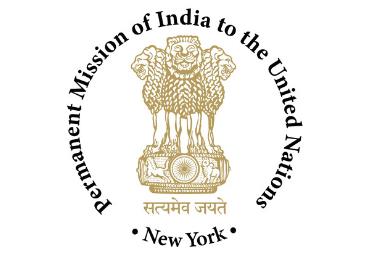Foreign Affairs Office of Quanzhou, China
Description
Quanzhou, located in the southeast of Fujian province, is one of the three major central cities of Fujian. It has jurisdiction over four districts (Licheng, Fengze, Luojiang and Quangang), three county-level cities (Jinjiang, Shishi and Nan’an), five counties (Hui’an, Anxi, Yongchun, Dehua and Jinmen which is to be reunited) and two national level development zones (Quanzhou Economic and Technological Development Zone and Quanzhou Taiwanese Investment Zone). The city covers an area of 11,015 square kilometers and has a sea area of 11,360 square kilometers, a 541-km-long coastline, 14 large and small ports and 207 islands. It features a subtropical oceanic monsoon climate, with warm and humid weather throughout the year. By the end of 2021, Quanzhou had a permanent population of 8.85 million.
Quanzhou is one of the famous historical and cultural cities approved by the State Council of China and a Culture City of East Asia. It is recognized as one of the starting points of the ancient Maritime Silk Road. In the Tang dynasty (618-907), it was one of the four major foreign trade ports in southern China. During the Song (960-1279) and Yuan (1271-1368) dynasties, Quanzhou Harbor, known as "Zayton" worldwide, was crowned the "largest harbor in the East" comparable to Alexandria in Egypt. With rich and diverse cultures, Quanzhou is hailed as the "Museum?of World Religions". The city has 945 cultural heritage sites of all levels, 44 at the national level. Quanzhou is also the cradle of Minnan (southern Fujian) culture and boasts 5 world intangible cultural heritage items and 34 national ICH items. Among them, Nanyin, which literally means music in the south, is known as the "living fossil" of ancient Chinese music. It is the only city in China with elements inscribed on all the three categories of the UNESCO ICH, namely: the Representative List of the Intangible Cultural Heritage of Humanity, the List of Intangible Cultural Heritage in Need of Urgent Safeguarding, and the Register of Good Safeguarding Practices. During the 44th session of the UNESCO World Heritage Committee, "Quanzhou: Emporium of the World in Song-Yuan China" was inscribed on the World Heritage List on July 25, 2021.
Quanzhou is a major ancestral home of overseas Chinese and Taiwan Han population. Over 9.5 million overseas Chinese of Quanzhou origin resided in more than 170 countries and regions. Many of these people invest in enterprises, schools and social projects in Quanzhou. They have made remarkable contributions to the economic and social development of the city, bridging Quanzhou and the world.
Quanzhou enjoys a dynamic economy featuring prosperous private businesses and manufacturing industry. In 2021, its GDP amounted to 1130.4 billion Yuan, increased by 8.1% over the previous year. Dubbed the "Special Zone for Private Economy", Quanzhou now has nine industrial clusters, namely textile and clothing, footwear, petrochemicals, machinery and equipment, building materials, food and beverage, crafts, paper and printing, and electronic information, each with an output value of over 100 billion Yuan.
SECTOR
Development Cooperation
Country
China
SDG
17 - Partnerships for the Goals
Organization Type
Government
Similar Organizations

Qutoof Professional Development
TYPE company
COUNTRIES Jordan
SECTOR Capacity Building, Education, Sustainability and Environment
SOLUTIONS 0

Organisation for Economic Co-operation and Development (OECD)
TYPE multinationalorganization
COUNTRIES France
SECTOR Development Cooperation
SOLUTIONS 0

United Nations Educational, Scientific and Cultural Organization (UNESCO) Mexico
TYPE multinationalorganization
COUNTRIES Mexico
SECTOR Capacity Building, Development Cooperation, Education, Research, Science, Technology & Innovation, Sustainable Tourism, Heritage Protection
SOLUTIONS 0

Permanent Mission of India to the United Nations
TYPE governmentagency
COUNTRIES United States of America
SECTOR Capacity Building, Development Cooperation
SOLUTIONS 0

